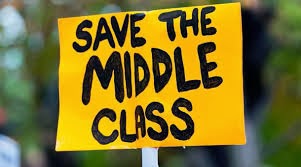Dr. Shiller doesn't see a downturn yet in 2014 but noted on a CNBC interview that it looks like the peak that we previously saw in 2005.
What's concerning though is that this time the housing "boom" has been primarily driven by investors rather than traditional home buyers making a first purchase or existing homeowners looking to upgrade to a bigger home.
Indeed, Diana Olick reporting for NBC noted in November last year:
First-time buyers, who usually represent 40 percent of the market, have been falling steadily out of the market, especially lately, with the surge in mortgage rates. While this annual report puts them at a 38 percent share, the Realtors' September home sales report shows they bought just 28 percent of the homes sold in the month.She also notes the importance of first time buyers to the economy, beyond the real estate market:
First-time buyers are also considered instrumental to a recovery historically, because they create the move-up market, but investors, largely using cash, have replaced them.Those first time buyers buy furniture, appliances and household goods. We should be seeing the millenials, a large demographic cohort buying new homes in large numbers. Unfortunately, many are unemployed and living with their parents. And in the video below you'll learn the number of first time buyers is still declining
So now that the investors are done bidding up home prices using money borrowed at 0% who will be left to support housing prices?









